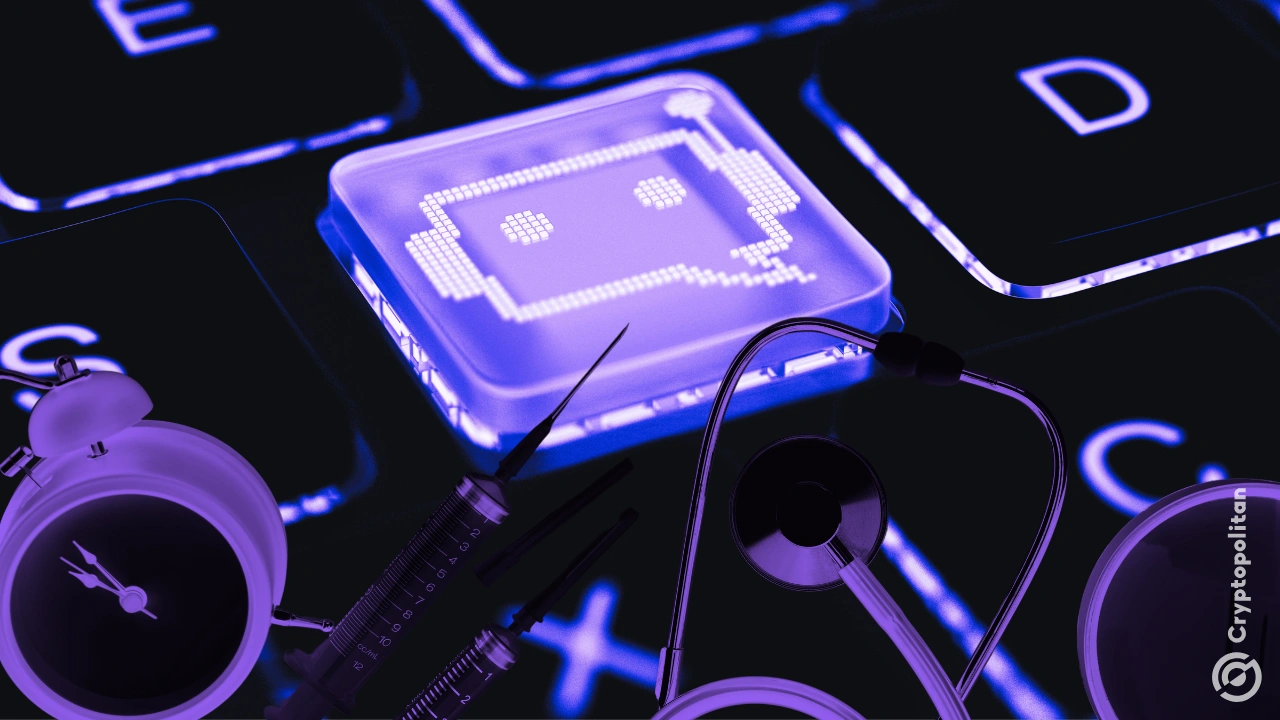Recent research published in Science Advances highlights the extraordinary abilities of AI text generators, such as OpenAI’s ChatGPT-3, to convincingly dispense both truthful and false information on social media platforms. The study emphasizes the challenges of identifying AI-generated content and the impact of AI-generated disinformation on individual and public health. Dr. Federico Germani, a co-author, and researcher at the Institute of Biomedical Ethics and History of Medicine at the University of Zurich, stresses the necessity of understanding the risks associated with false information and the influence of AI on the information landscape.
What’s the difference between misinformation and disinformation?
Misinformation is false or inaccurate information—getting the facts wrong. Disinformation is false information that is deliberately intended to mislead—intentionally misstating the facts. According to the American Psychological Association, misinformation and disinformation have affected our ability to improve public health, address climate change, maintain a stable democracy, and more. Anyone who discusses hot-button topics on social media may find themselves in the middle of a firestorm. How can they stay safe while communicating the facts, and what can institutions do to support them? The mob mentality of social media makes the public vulnerable to AI authority, i.e., this data is “scientific” and so, acceptable. But is AI really intelligent?
The power of ChatGPT-3 for disinformation
OpenAI’s ChatGPT-3, introduced in 2020, has revolutionized the AI landscape with its astonishing ability to produce authentic texts based on prompts. The potential uses of AI text generators seem endless, from creating interactive chatbots to aiding academic research and generating creative content like poetry and short stories.
The study sheds light on significant concerns regarding the potential misuse of AI text generators, particularly their capacity to create disinformation and misleading content. With the rise of social media, the speed and reach of information, including misinformation and disinformation, have escalated, adding urgency to address this issue.
Another empirical study revealed that people often overestimate their ability to detect false or misleading information, known as the “bullshit blind spot.” Recent events like the COVID-19 pandemic and Russia’s invasion of Ukraine have demonstrated the influence of misinformation and disinformation on public opinion, health behaviors, and policy decisions.
Challenges for social media companies
Despite efforts by companies to combat false information on their platforms, Meta’s 2023 first-quarter Adversarial Threats Report acknowledges that covert influence operations, cyber espionage, and private disinformation networks continue to pose significant problems on social media.
Dr. Germani and his colleagues conducted a study to assess how well people can distinguish between human-generated content and text created by ChatGPT-3. The study involved 11 subjects susceptible to disinformation, and synthetic tweets encompassing truthful and false information were created using ChatGPT-3. Authentic tweets from Twitter on the same subjects were also included for comparison.
Participants in the study were asked to identify whether a tweet contained true or false information and whether it was created by a human or ChatGPT-3. The results revealed that people were more proficient at identifying disinformation in “organic false” tweets (written by real users) compared to “synthetic false” tweets (created by ChatGPT-3). Conversely, people were more likely to correctly recognize accurate information in “synthetic true” tweets (generated by ChatGPT-3) compared to “organic true” tweets (written by real users).
The challenge of differentiation
The study highlighted that participants struggled to differentiate between tweets authored by humans and those generated by ChatGPT-3. Researchers suggest that GPT-3’s text may be easier to read and understand, which could contribute to this difficulty. Interestingly, ChatGPT-3 did not perform better than humans in recognizing information and disinformation, demonstrating its “unawareness” of the accuracy of the information it produced.
Dr. Germani emphasizes the need for larger-scale studies on social media platforms to understand how people interact with AI-generated information and how it shapes behavior and adherence to public health recommendations. The study underscores the unprecedented capabilities of AI text generators and emphasizes the urgency of digital literacy in the age of AI.
Monitoring and mitigating negative effects
Researchers stress the importance of critically evaluating the implications of large language models like ChatGPT-3 and taking action to mitigate any negative effects they may have on society. As AI technology continues to evolve, vigilance is crucial to ensure its responsible use and to address potential abuses.
The study’s findings reveal AI text generators’ impressive yet unsettling capacity to produce disinformation more convincingly than humans. As the influence and popularity of AI text generators rise, the study underscores the need for proactive measures to tackle disinformation and ensure the responsible use of AI technology.
Note: The featured image depicts an AI-powered robotic figure generating a cloud of distorted text surrounding it, cold and calculating by design.





